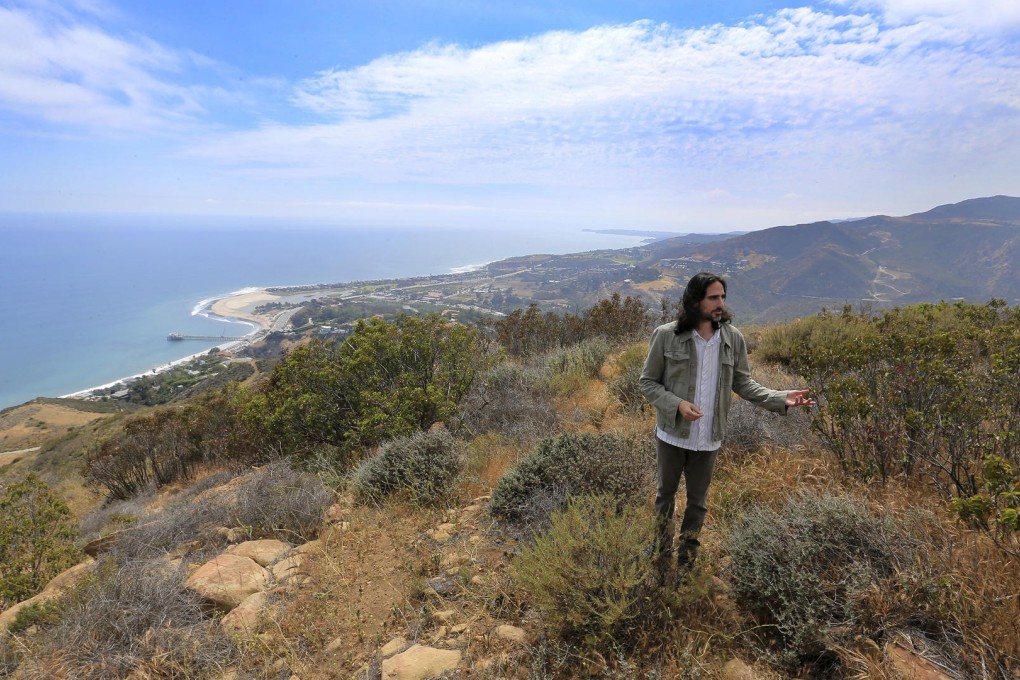What happened when U2's The Edge took on the California Coastal Commission
A 10-year battle was triggered when the stubborn multimillionaire musician applied for permission to build his dream home atop a pristine hillside. Jack Dolan reports

Sweetwater Mesa sits on an untouched hillside 1,000 feet above the Malibu Pier. More than 150 acres, it straddles an old Jeep road that climbs into the Santa Monica Mountains, in the American state of California.
It's steep, rugged terrain, empty apart from small lizards, insects and the occasional rattlesnake. Chaparral and purple needle grass cover the ground, making it an environmentally sensitive habitat.
A biologist might stand here and notice what's at his feet. Anyone else is likely to be transfixed by the view: mountains plunging into a blue ocean that stretches across the horizon, like God's infinity pool.
Facebook's Zuckerberg to demolish and rebuild his four-home California complex
David Evans (aka U2's The Edge) first saw that vista in 2005 with his wife, Morleigh Steinberg. Evans had spent more than two decades strumming his way from anonymity in Dublin to playing guitar for one of the most successful bands on the planet. The couple could afford practically anything they dreamed of by that point, and they dreamed of a house on that ridge.
"We were absolutely blown away by its beauty, and the position of it, and every aspect of its potential," Evans said later, during one of the longest, most bitter and costliest residential development battles in Californian history.
Since buying the land more than a decade ago and proposing to build a residential compound, Evans and his partners have employed more than 60 lawyers, lobbyists and consultants to get the required permits, public records shows.
They filed more than 70 technical reports from all manner of experts - geologists, biologists, hydrologists, archaeologists, arborists, structural engineers, transportation engineers - to persuade the California Coastal Commission that the houses wouldn't unduly stress plants and animals on the hillside, or create an eyesore for neighbours and surfers riding waves off the beaches far below.
